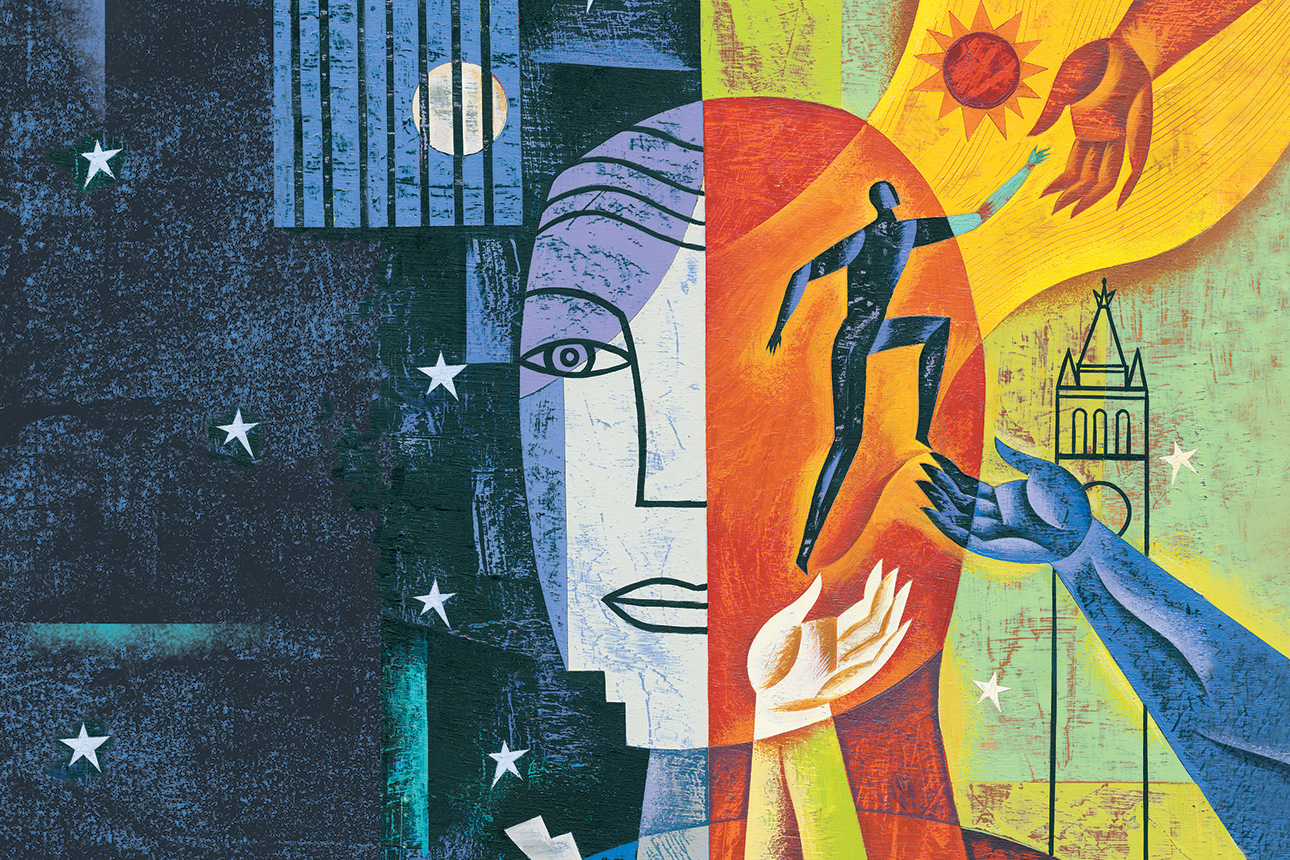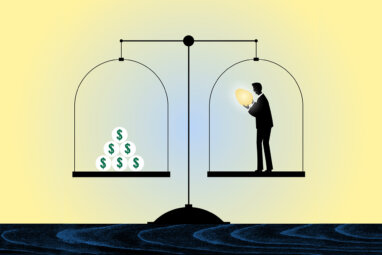Reimagining HR for Better Well-Being and Performance
Organizations must rethink historical divisions between talent and benefits groups if they are to more effectively help workers develop the psychological skills to thrive now and in the future.
Topics

Rafael Lopez/theispot.com
Humans have been challenged to adjust to new ways of working since the first farmers abandoned the hunter-gatherer lifestyle. But the demands of work today exact a high price on employee well-being, as workers strive to cope with the rapid pace of technological change, the overnight disruption of entire industries by new upstarts, and the rise of uncertainty and volatility in every global market.
Roughly half the U.S. workforce struggles with burnout.1 Seventy-six percent see workplace stress negatively impacting their personal relationships.2 Excessive stress at work accounts for $190 billion in health care costs each year, plus hundreds of thousands of unnecessary deaths.3 And in the past three years, the stressors and disruptions of the COVID-19 pandemic have spun a rising storm into a full-on tornado — and made employee well-being an urgent priority for many business leaders.
The good news for organizations that want employees to thrive is that behavioral science has provided new insights and strategies that can help support mental health. (See “What We Need to Flourish at Work.”) But in order for managers to take full advantage of these insights and help individuals develop key psychological strengths, many organizations will need to reconsider Human Resources and Benefits functions that in some cases still carry the legacy of a bygone industrial era.
One of the challenges organizations face is structural.
References (9)
1. K. Threlkeld, “Employee Burnout Report: Covid-19’s Impact and 3 Strategies to Curb It,” Indeed, March 11, 2021, https://uk.indeed.com.
2. “Workplace Stress Continues to Mount,” Korn Ferry, accessed Jan. 31, 2023, www.kornferry.com.




